If your next flight is anything like our last one, you’ll find the lavatory more than a bit cramped. It isn’t your imagination or that you’re getting bigger. Instead, all U.S. airlines have been installing far smaller lavatories on their planes as a way to save money by making room for more seats on income-starved airlines.
Maximizing airline earnings at the cost of passenger comfort.
Airlines are ordering new planes, namely Boeing 737 MAX and Airbus A321neo as fast as possible. Reasons include reduced fuel consumption. In addition, they’re cutting back on legroom, like the 30-inch seat pitch we just encountered on United Airlines. Not only that, they are installing what the industry euphemistically calls “compact” lavatories. As a result of the compact lavs, there’s room for up to two more rows of seats in these narrow-body planes. Where possible, airlines are also retrofitting older planes with these same measures in order to achieve higher earnings.
Airlines claim new restrooms are just a few inches narrower than the predecessors.
The truth is that the old lavatories were bad enough, and there have been endless complaints from passengers, flight attendants, and pilots alike. The net result that sounds great in an airline corporate boardroom just isn’t so wonderful at 30,000 feet. It virtually takes a contortionist or the smallest and skinniest of passengers to not take note of what has just happened. New lavatories take the prior small restrooms down in size by at least 3 inches.
Here’s how “compact lavs” break down on Hawaii flights.
American Airlines, Delta Airlines, and Hawaiian Airlines have incorporated far smaller lavatories from Airbus on their A321neos used for flights to Hawaii in order to add more passenger seating.
Then, on the other primary aircraft used for Hawaii flights, Boeing 737 and 737 MAX, American, Southwest, and United have also implemented compact restrooms from Rockwell Collins.
The new lavs have just a few inches on each side of the commode. Beyond that, the kidney-shaped and sized wash basin is tiny, making it challenging to even wash your hands without getting water everywhere.
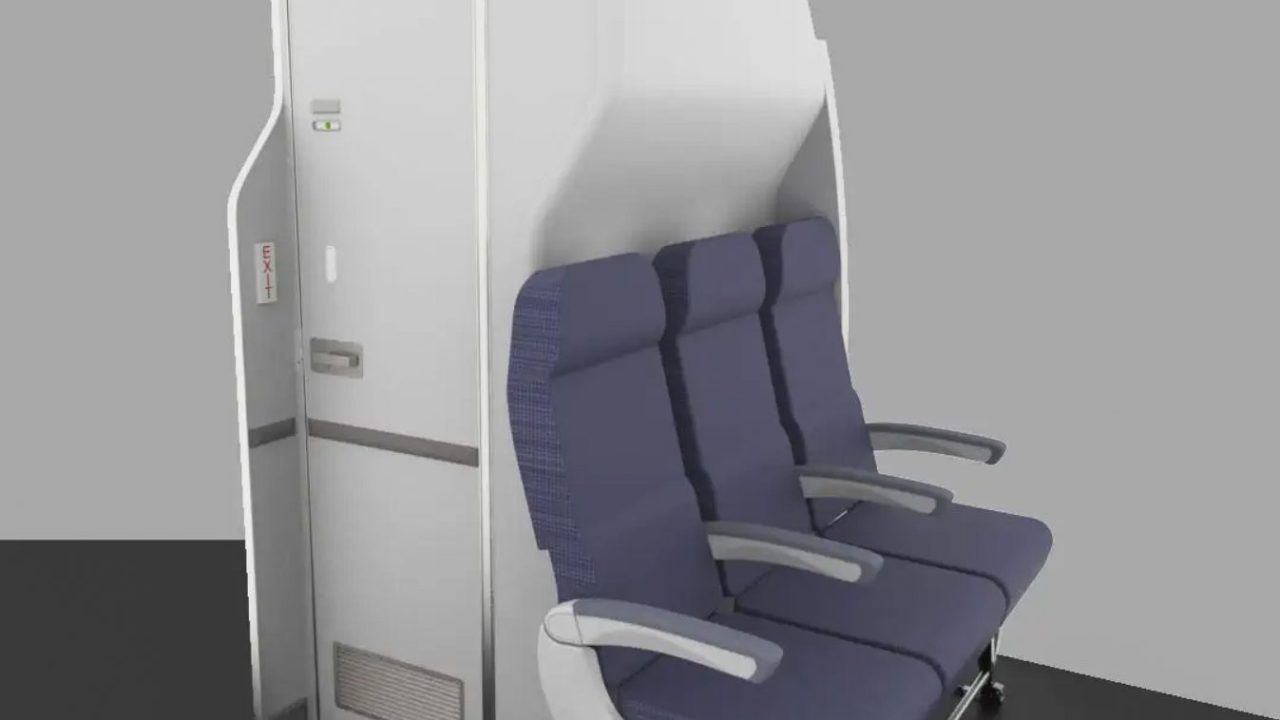

Accessing the lavatory is yet another problem for crew and passengers on these Hawaii flights.
The two lavatories at the rear of the 737 MAX are directly opposite each other. They are located behind the last row of seats and in front of the tiny flight attendant galley.
The aisle isn’t wide enough for the person leaving the restroom to pass the person waiting to use it. The only way to access the lav is for one of the people to step into the galley space first. And that’s hard to do because the flight attendants are back there and they too have nowhere to move. We also felt sorry for those seated in the last rows of the aircraft, since they had to deal with this shuffling of people in a woefully inadequate space.
It’s a disaster for passengers and flight attendants both, and it’s hard to say who we feel worse for actually.
Understanding a “compact” lav.
Collins Aerospace is a leader in compact lavatories. It is owned by the same company, RTX, that includes the troubled engine maker Pratt & Whitney Their 737 space-saving lavs “enable cabin optimization.”
We want to be clear the Collins provides a wide variety of large and small, innovative lavatory options and it is the airlines that appear to be driving the choices here.
Their lavs can provide “up to seven additional inches of cabin space.” The company says that in concert with “slight cabin modifications,” these can contribute to additional comfort (seat pitch), economy (more seats), or an added premium econony cabin, at the airline’s discretion.
When the goal is savings, Collins says their compact lavatory can result in “an additional 6 passengers in certain configurations.”
Reduced mobility passenger room.
Also from Collins is the ability (which we’ve yet to see) to combine the two rear lavatories with a foldable partition, thus enabling far more room for passengers with reduced mobility. While the US DOT is going to require that airline lavs on narrow-body aircraft to be more accessible to wheelchair users, it will be more than a decade before it comes to fruition. We recently wrote in depth about Accessibility For Hawaii Flights | Here’s What’s About To Change.
The Rockwell Advanced Spacewall restroom, about 22.4 inches across at chest level when seated, is 3.1 inches narrower than previous models. While airlines prioritize revenue and seat capacity, concerns are raised about the diminishing comfort in already tight configurations. Despite passenger reservations, it seems that the economic benefits are likely to keep these smaller lavatories in place.
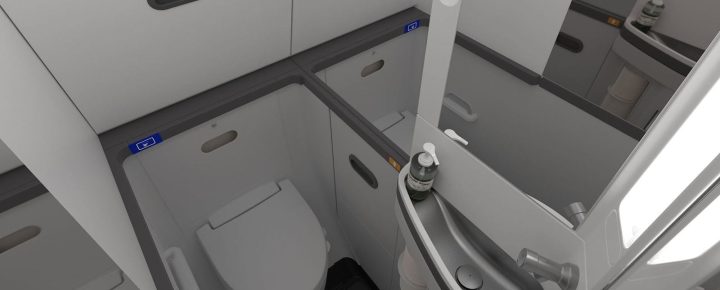

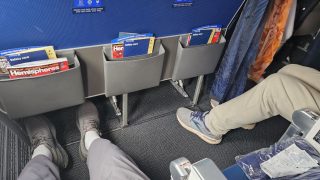
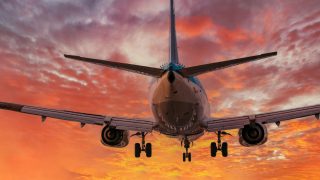
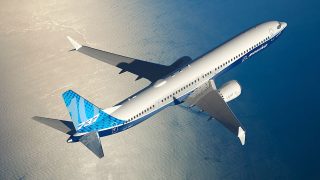


For what it’s worth, I wrote a complaint describing these “compact lavatories” to the Dept of Transportation in DC. I recently listened to a broadcast on NPR that talked about the airlines reducing seating space for passengers. It began after the government deregulated airlines. Gov’t hoped that it would promote more competition and avoid monopolies (HA!). I don’t necessarily want more regulation, but sometimes it’s important to have. (eg. Food and Drug Adm.). Writing to the individual airlines will do absolutely nothing.